I Worked for the US Secretary of Energy: Here’s How I Save on My Own Utility Bills

Utility prices have been soaring. According to the latest Consumer Price Index report, the cost of electricity has risen 8.4% over the past year alone.
See: Unplug These Appliances That Hike Up Your Electricity Bill
Find Out: How To Build Your Savings From Scratch
With many Americans feeling the pinch of higher bills, it's worth taking steps to lower your utility bills if possible. GOBankingRates spoke with Cisco DeVries, energy expert and former aide to the U.S. Secretary of Energy during the Clinton administration, to find out his best tips for saving on your next utility bill.

Do Laundry at Off Hours
If you have a "time-of-use" utility plan, be sure to use appliances like laundry machines and dishwashers at less popular hours of the day.
"Energy use at 6 p.m. has spiked, when energy is the most expensive," said DeVries, who is also the CEO of OhmConnect, California's leading clean energy program. "If you're on a time-of-use plan, this will result in higher energy bills at the end of the month. If people shift their behavior and do laundry in the morning or throughout the day instead of at 6 p.m., their homes would be greener -- and their bills will decrease."
Read: Never Use Autopay for These Bills, According To Financial Experts
I'm a Financial Advisor: These Are the Worst Money Mistakes I See People Make
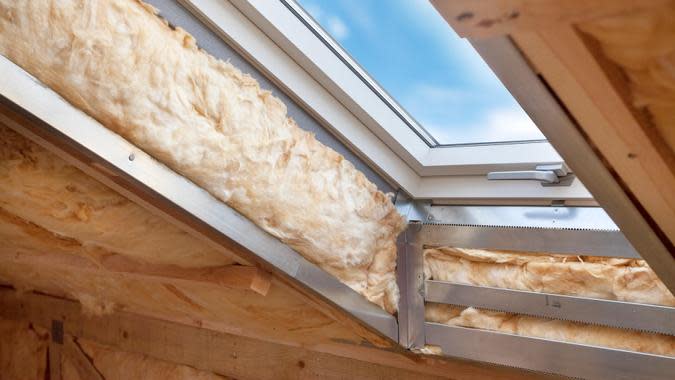
Add or Replace Insulation
"Attic insulation, air sealing, and floor and crawl space insulation will keep your house warm in the winter and cool in the summer," DeVries said.
While this can be a costly renovation, it will likely even out over time due to lower bills.
"Typically, insulation costs roughly $1.59 per square foot; however, costs can vary between $400 to $1,200 for a complete installation," DeVries said.
I'm a Financial Planning Expert: Here Are 5 Things You Should Never Spend Money on If You Want To Be Rich
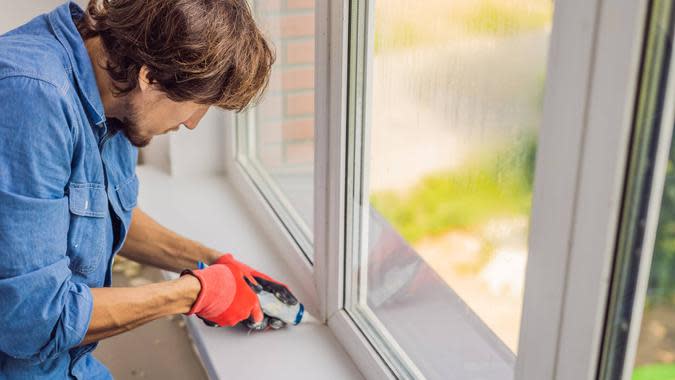
Install High-Impact Windows
"High-impact windows filter out UV rays and prevent temperature increases when the sun shines through," DeVries said. "They also provide a tight seal, keeping cool temperatures from entering your home."
On average, impact windows will cost somewhere between $40 and $55 per square foot of glass and will last for approximately 25 years.
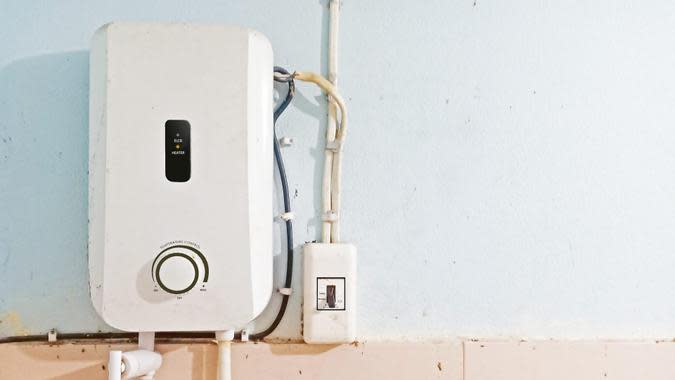
Switch to a Tankless Water Heater
"Unlike hot water tanks, tankless water heaters don't have to keep a large tank of water hot, therefore eliminating the standby energy loss that occurs with traditional tank water heaters," DeVries said.
This is an investment that will pay you back.
"Tankless water heater units can cost anywhere from $500 to $1,000; however, Energy Star-certified tankless water heaters use an average of 30% less energy than storage water heaters, and that will translate to great cost savings over time," DeVries said.
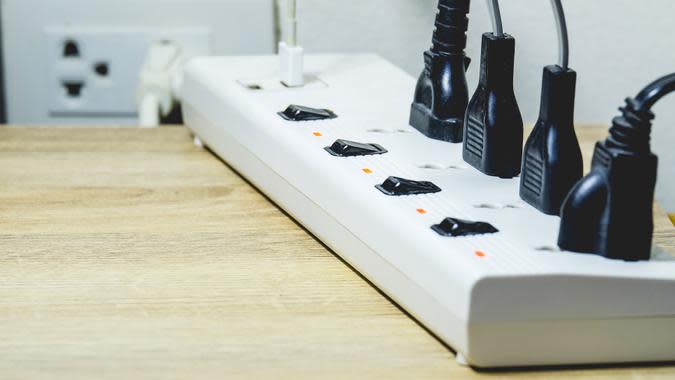
Utilize Smart Plugs and Power Strips
Smart plugs and power strips can help save you from paying more due to "energy vampire" electronics.
"The truth is that just because you turned a device off, that doesn't necessarily mean it stops using electricity," DeVries said. "Some electronic devices that are off but remain plugged into a power source will continue to draw electricity -- these devices are called energy vampires."
Devices like cable boxes, game consoles, microwaves, coffeemakers, space heaters, phone chargers and powered toothbrushes can account for 20% of your monthly electricity bill, even when they are not in use.
"Cable boxes and DVRs can use around 35 watts of electricity, which costs about $96 annually -- and, if left on standby mode, it could be tacking on an extra $130 to $180 per year," DeVries said. "Heaters in your coffee machine typically consume up to $8 extra in energy costs per month, wasting up to $96 per year. Newer, single-serve coffeemakers tend to keep water hot all day long, sucking another $156 per year.
"To overcome these energy vampires, use smart plugs or smart power strips," he continued. "These smart devices will detect when you're no longer using a device and turn off the power supply."
Switching to smart plugs and strips will save you an average of $432 per year, DeVries said.
Important: 9 Bills You Should Never Put on Autopay
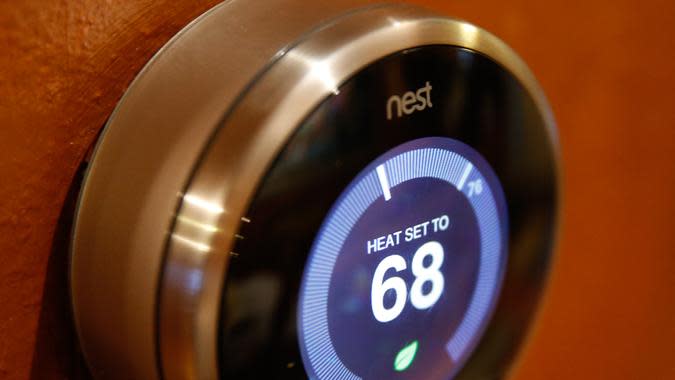
Install Smart Thermostats
"Smart thermostats, like Google Nest, monitor your energy use and behavior, and will automatically adjust its settings to make your home as energy-efficient as possible," DeVries said.
The savings you can get from switching from a traditional to a smart thermostat can be significant.
"Smart thermostats can save you an average of 10% to 12% on heating and 15% on cooling -- that's nearly $145 annually," DeVries said.

Switch to Energy-Efficient Appliances and Bulbs
"Energy Star-certified refrigerators use 50% less energy than refrigerators from 15 years ago," DeVries said. "Energy Star-certified washing machines use 25% less energy and 33% less water than regular machines."
If you don't want to invest in all new appliances, consider at least switching out your lightbulbs.
"Energy Star-certified LED lightbulbs use 90% less energy and last 15 times longer than regular bulbs," DeVries said.
More From GOBankingRates
See GOBankingRates' Top 100 Most Influential Money Experts and Get Advice
What's the Best Small Business in Your State? Vote For Your Favorite
This article originally appeared on GOBankingRates.com: I Worked for the US Secretary of Energy: Here’s How I Save on My Own Utility Bills
